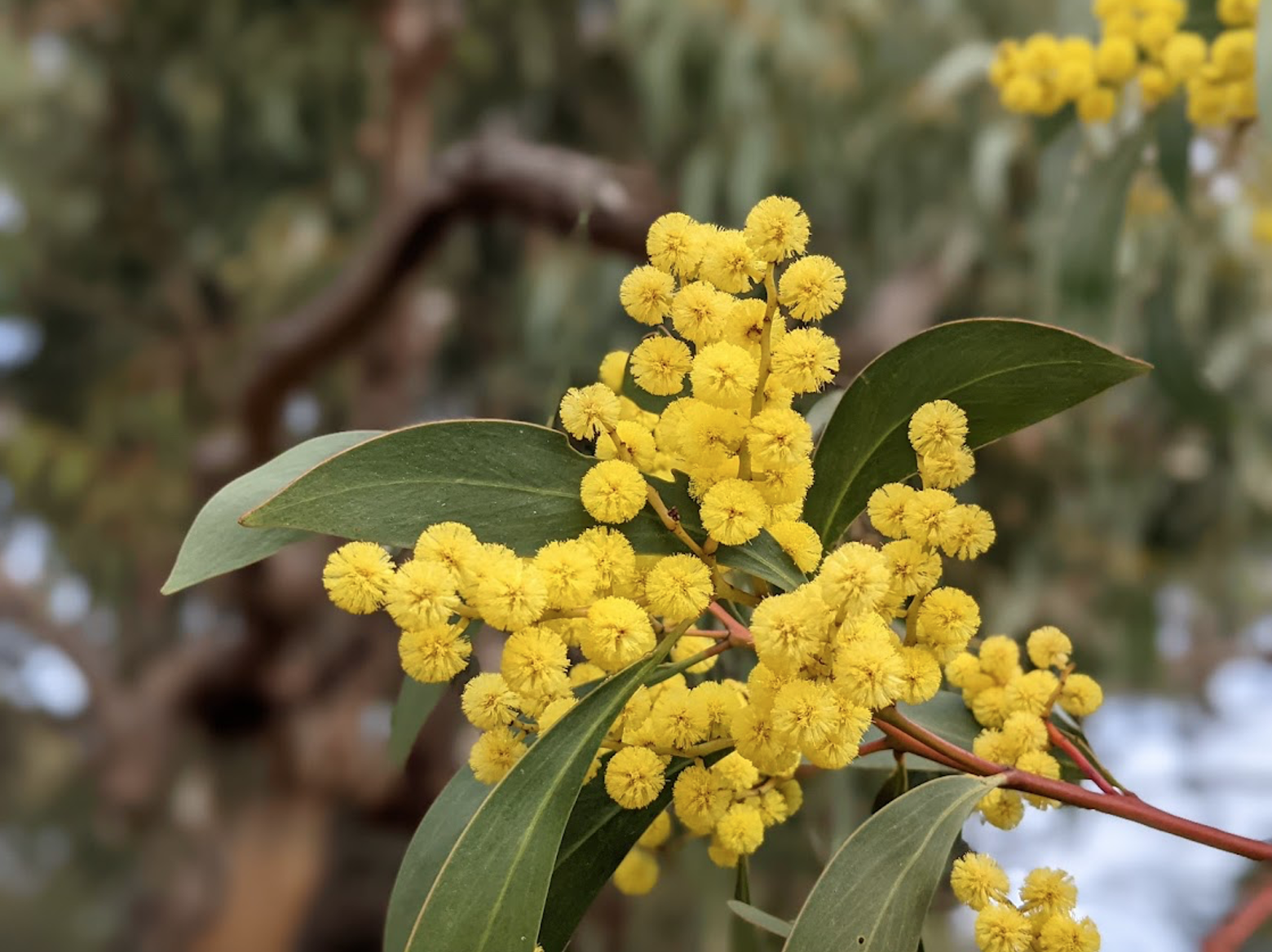Acacia Phylogenomics & Genomes
Daniel Murphy, Royal Botanic Gardens Victoria, Australia
Dr. Dan Murphy would like to draw attention to other legume researchers that two projects investigating the phylogenomics and genomics of Acacia are being led by a team of researchers based at the Royal Botanic Gardens Victoria in Melbourne, Australia, with support from the Genomics for Australian Plants (GAP) Initiative and in collaboration with Acacia researchers from other research institutions.

Acacia pycnantha, Australia’s Floral Emblem, at Phillip Island,Victoria, Australia, photo by Dan Murphy.
A new project, started in 2022, will generate a backbone phylogeny of Australia’s largest flowering plant genus, Acacia, including close mimosoid legume relatives as outgroups. A selection of species representing all major evolutionary lineages of Acacia, previously discovered in molecular phylogenies and morphological classification, is initially being sampled for a phylogenomic dataset using the Angiosperm353 baitset, and is expected to contribute to the ultimate aim of a new formal classification of the genus. A second project, to publish a draft genome for Acacia pycnantha (Australia’s official floral emblem), is currently being finalised for publication (the mitome and plastome sequences and structural diversity were published here: https://doi.org/10.46471/gigabyte.36).
Both of these projects are intended to generate publicly accessible, genome-level reference datasets for Acacia research (e.g., in conservation genetics, invasive species biology, ecological studies and agro-forestry) as well as a co-ordinated approach to Acacia systematics research, and contribute to our understanding of the evolution of this major lineage of the Australasian flora.
Full project descriptions are available here:
Acacia phylogenomics project
Acacia pycnantha reference genome